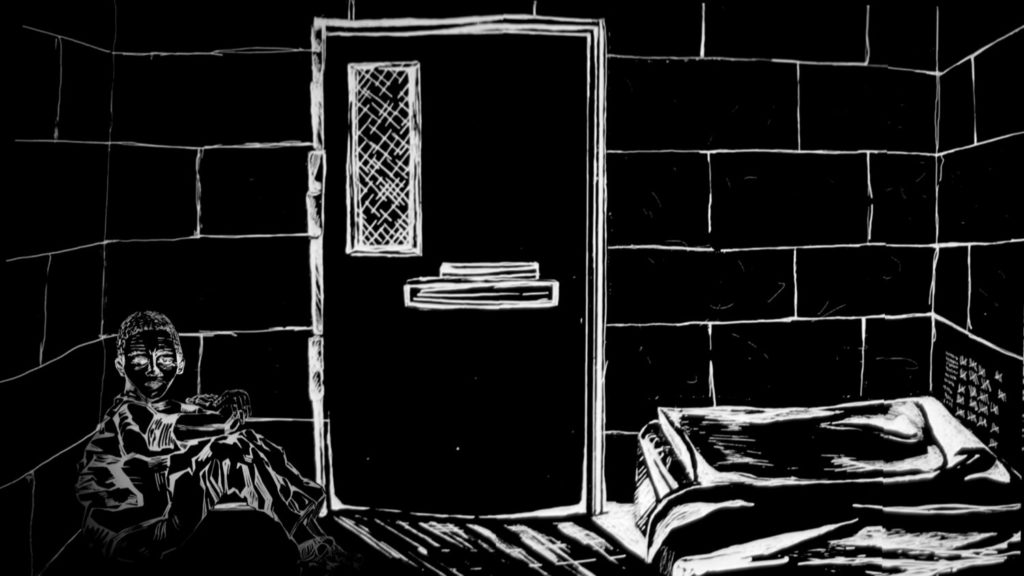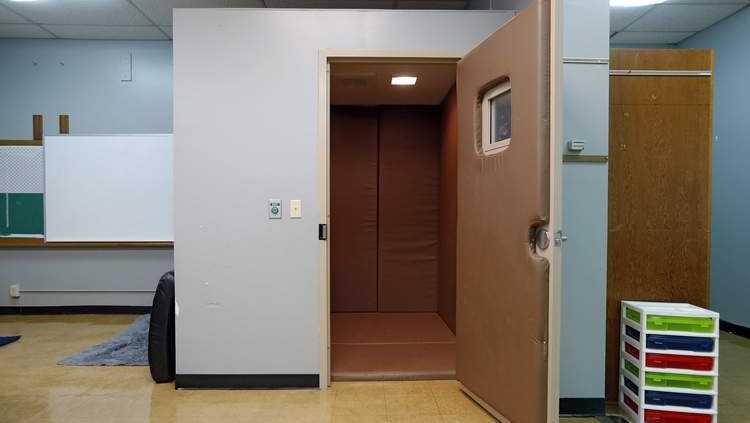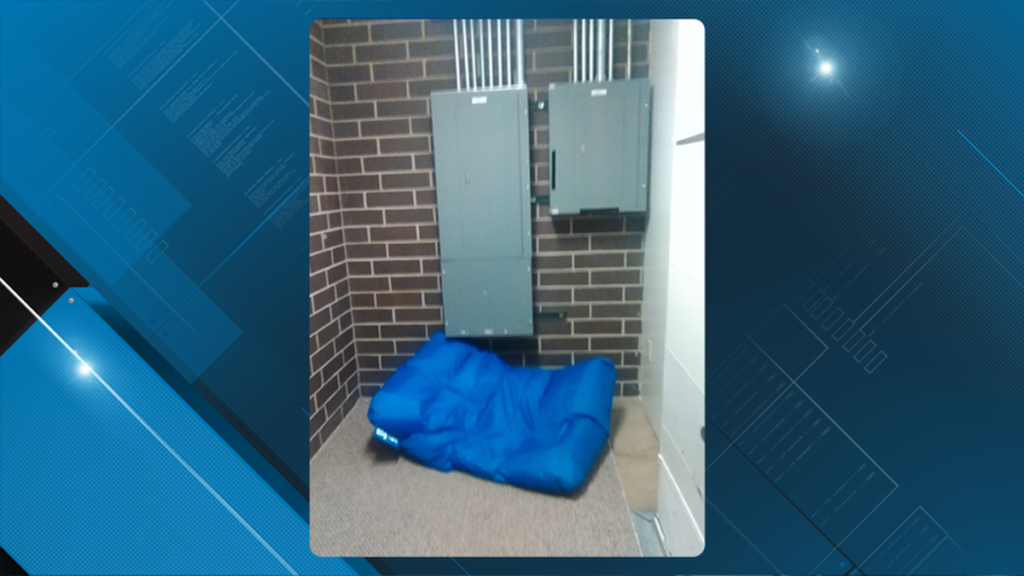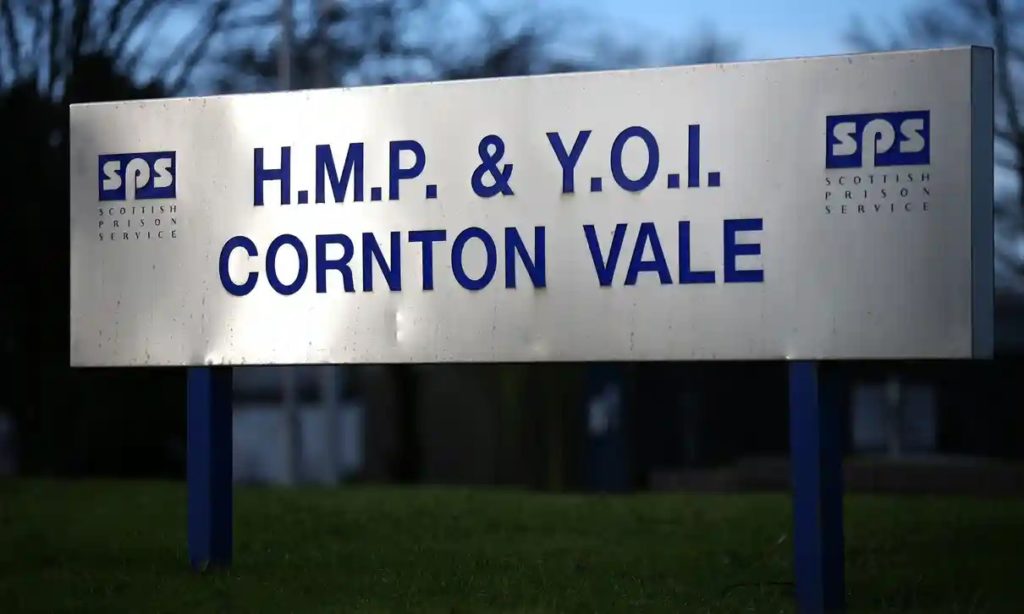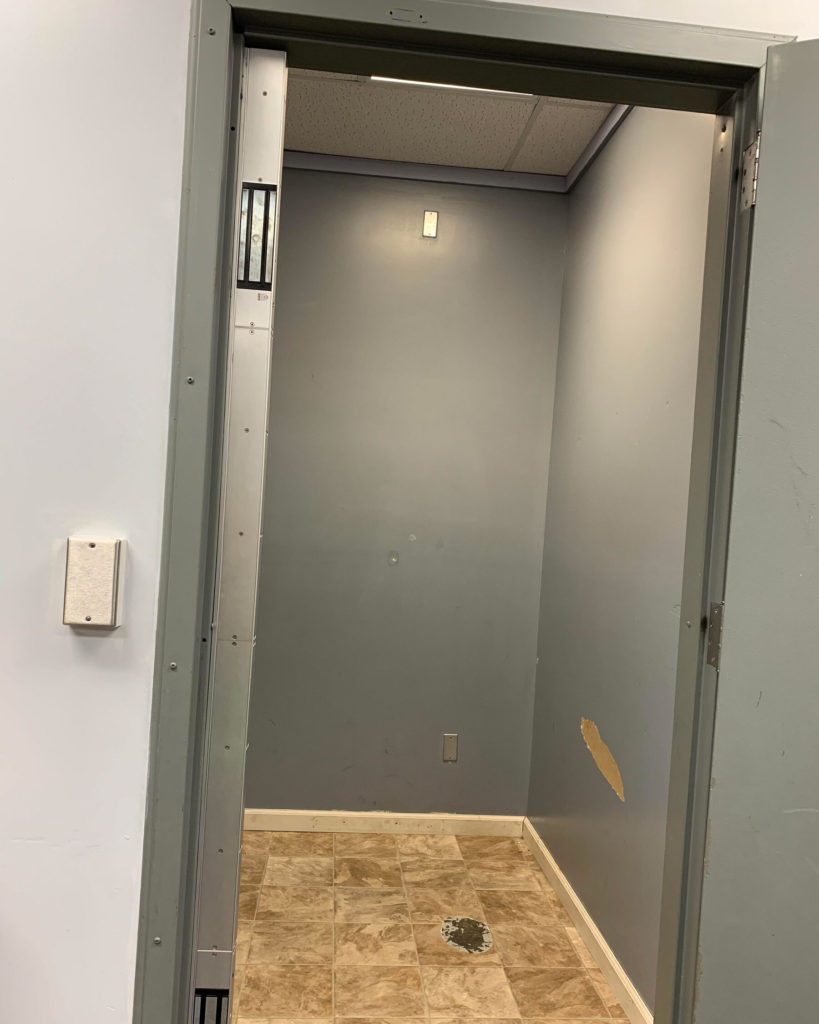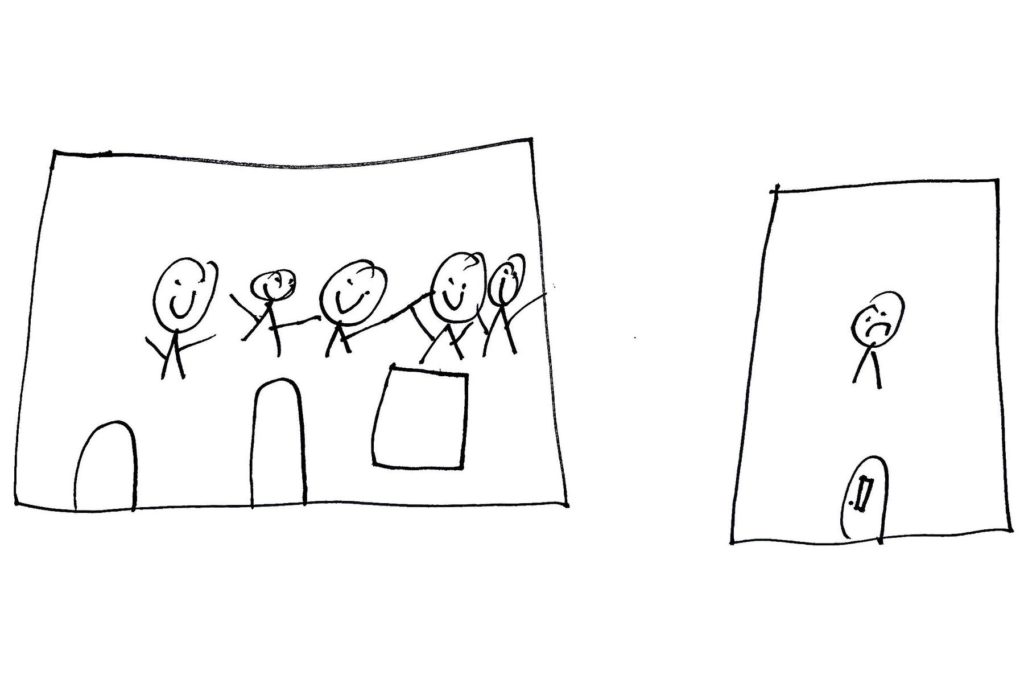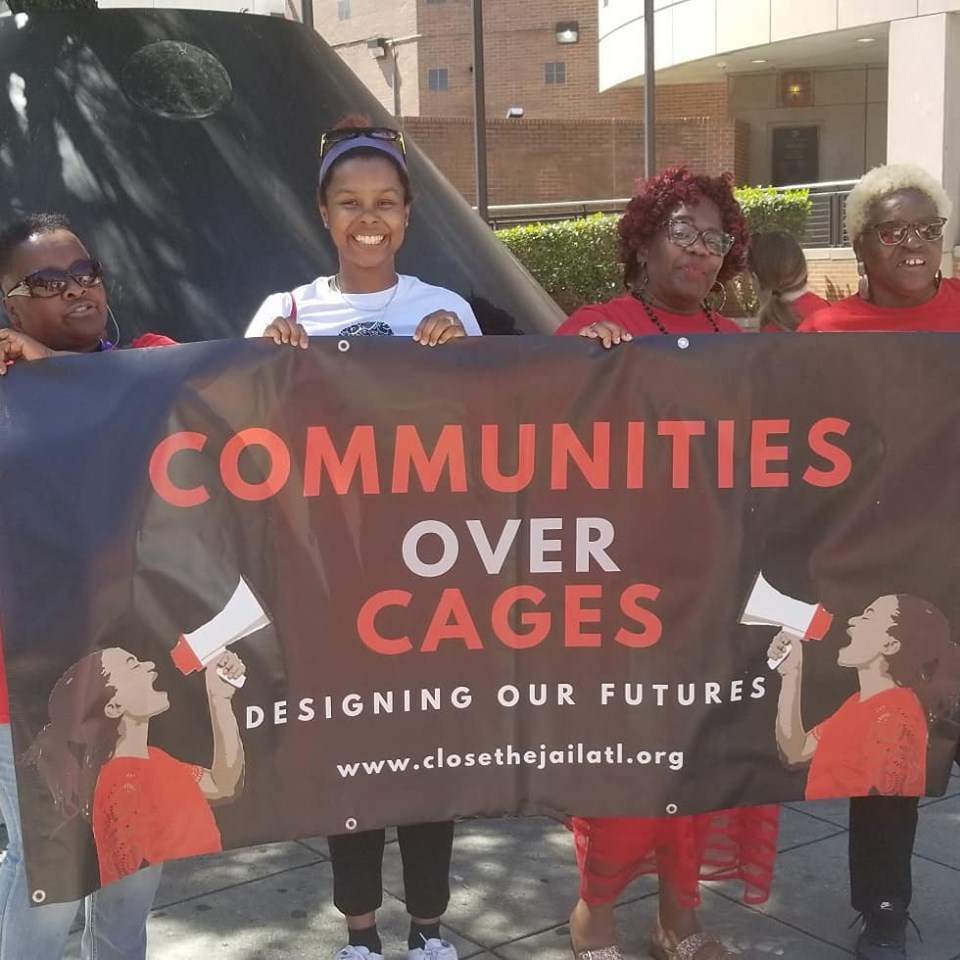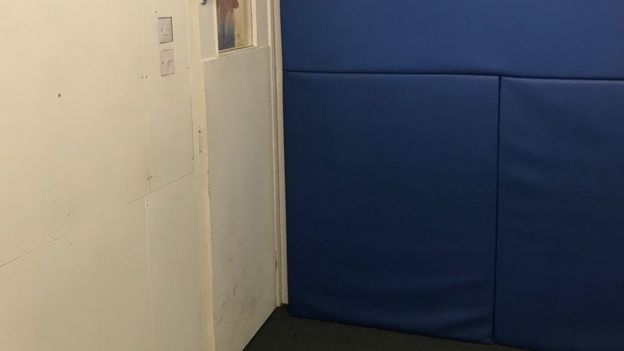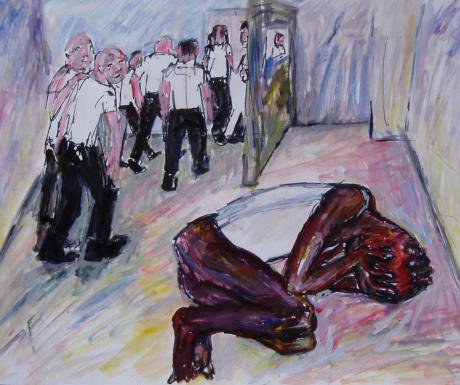
“Isolation is the key component of oppression.”
Christina Fialho
In February 1975, Michel Foucault’s groundbreaking Surveiller et punir: Naissance de la prison was published. Fifty years later, we’re still in the ongoing midst and mess of the birth of the birth of prison. Near the beginning of that treatise, Foucault explained, “A punishment like forced labour or even imprisonment – mere loss of liberty – has never functioned without a certain additional element of punishment that certainly concerns the body itself: rationing of food, sexual deprivation, corporal punishment, solitary confinement … There remains, therefore, a trace of ‘torture’ in the modern mechanisms of criminal justice – a trace that has not been entirely overcome, but which is enveloped, increasingly, by the non-corporal nature of the penal system”. The “trace of torture” that remains was documented this week in two studies that considered the conditions of immigration detention in the United Kingdom and the United States.
On Monday, Physician for Human Rights released “Endless Nightmare”: Torture and Inhuman Treatment in Solitary Confinement in U.S. Immigration Detention. The authors found, “ICE oversaw more than 14,000 placements in solitary confinement between 2018 and 2023. Many people who are detained in solitary confinement have preexisting mental health conditions and other vulnerabilities. The average duration of solitary confinement is approximately one month, and some immigrants spend over two years in solitary confinement.” In terms of number of “placements in solitary confinement”, people sent to solitary confinement, and hours and days (and years) spent in solitary confinement this number represents “a marked increase” during both the Trump and Biden administrations. The average stay in solitary is 27 days, “well exceeding the 15-day threshold that United Nations (UN) human rights experts have found constitutes torture.” The report notes the lack of oversight and that that lack has been well documented often. While the authors suggest that greater oversight would help reduce the torture, it’s not the case that “the system” doesn’t know it’s torturing the most vulnerable. As one former detainee, a survivor of torture in Uganda, put it, “I would rather be tortured physically back home than go back through the psychological pain here. You wouldn’t think that a first-world country that advocates for human rights would have such venom.” The thing about venom is that it spreads.
Today, the European Committee for the Prevention of Torture and Inhuman or Degrading Treatment or Punishment issued its report concerning a visit to English immigration detention centers last year. The Committee found that immigration detention was equivalent to being sentenced to prison. Further, the idea of unlimited detention, of prison without end, was in itself a form of torture: “The very fact that there is no maximum period of detention and that persons may be held for several years is a trigger for becoming mentally unwell.” If they weren’t living with mental illness prior to arriving in England, the state made sure they were by the time they were “released”. Further, “the policy of handcuffing vulnerable women to a bed when they have to visit an external hospital is excessive and demeaning. There is no need for this when the woman is escorted by at least two staff members.”
In both the United States and the United Kingdom, the state has decided the best way to address the needs of vulnerable populations, in particular those living with mental health illnesses, those already at risk of self-harm and suicide, many of whom are themselves already survivors of torture, is to torture them. The trace of torture has become the fabric of “justice” and “mercy”. You wouldn’t think that a country that advocates for human rights would have such venom.
(By Dan Moshenberg)
(Image Credit: Lucy Adkins / Open Democracy)
